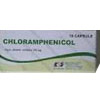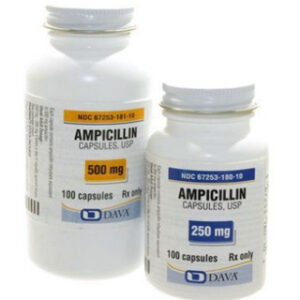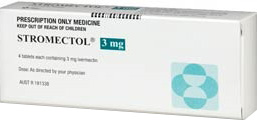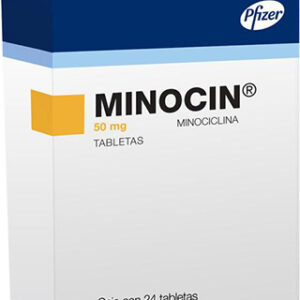Medication Identification
Generic Name: Minocycline hydrochloride
Brand Name: Minocin
Drug Class: Tetracycline antibiotics
Formulations: Capsules, extended-release tablets, oral suspension
Therapeutic Uses
Primary Indications: Acne, bacterial infections including respiratory tract infections, urinary tract infections, skin and structure infections, specific sexually transmitted diseases, and others as determined by a physician.
Off-label Uses: May be considered for treatment of rheumatoid arthritis and other autoimmune conditions under the guidance of a healthcare provider.
Dosing Information
Usual Adult Dose: Varies depending on the condition treated; typically 100-200 mg every 12 hours.
Usual Pediatric Dose: Dosing for children is weight-based and should be determined by a healthcare provider.
Administration: May be taken with or without food; however, if gastrointestinal discomfort occurs, take with food or milk.
Dose Adjustments: Dose adjustments may be necessary for those with renal impairment or hepatic insufficiency.
Pharmacological Mechanism
Mode of Action: Minocycline interferes with the ability of bacteria to produce proteins essential for their growth and survival.
Bacteriostatic Effect: It has a bacteriostatic effect, meaning it inhibits bacterial multiplication rather than killing bacteria outright.
Drug Absorption and Distribution
Absorption Rate: Rapidly absorbed with peak serum levels achieved within 1 to 4 hours post-administration.
Food Interactions: Absorption of minocycline can be reduced when taken with foods containing calcium, iron, magnesium, or aluminum.
Tissue Penetration: Good penetration into multiple body tissues and fluids, including saliva and tears.
Drug Metabolism and Elimination
Hepatic Metabolism: Minocycline is metabolized in the liver to a limited extent.
Excretion Route: Primarily excreted through the urine and feces in unchanged form.
Half-Life: The half-life of minocycline ranges from 11 to 22 hours.
Adverse Effects and Risks
Common Side Effects: Dizziness, fatigue, vertigo, diarrhea, discoloration of secretions, photosensitivity, and rash.
Serious Adverse Effects: Pseudotumor cerebri, autoimmune disorders such as lupus-like syndrome, hypersensitivity reactions including Stevens-Johnson syndrome, and drug-induced liver injury.
Black Box Warning: The risk of dental and bone development issues in children, along with the risk of intracranial hypertension.
Contraindications and Precautions
Allergy Information: Contraindicated in patients with a history of hypersensitivity to minocycline, other tetracyclines, or any excipients in the formulation.
Pregnancy and Lactation: Generally contraindicated due to the potential for tooth discoloration and bone development issues in the fetus. Minocycline can also be excreted in breast milk.
Renal and Hepatic Impairment: Should be used with caution and possibly at a reduced dose in patients with renal or hepatic impairment due to altered drug metabolism and excretion.
Drug Interactions
Anticoagulants: Minocycline may increase the anticoagulant effects of warfarin and other anticoagulants.
Penicillin Antibiotics: May reduce the bactericidal effect of penicillin antibiotics; avoid concurrent use.
Oral Contraceptives: Efficacy of oral contraceptives may be reduced; consider alternative or additional contraceptive measures.
Isotretinoin: Concurrent use may increase the risk of pseudotumor cerebri.
Pharmacokinetic Variability
Impact of Age: The pharmacokinetics can differ in pediatric and geriatric patients, possibly necessitating dose adjustments.
Genetic Factors: Genetic variations can lead to differences in drug metabolism, influencing drug levels and effects.
Medication Administration
Capsule and Tablet Swallowing: Swallow capsules and tablets whole with a full glass of water to prevent esophageal irritation or ulcers.
Suspension Instructions: Shake the oral suspension well before each use, and use a medical measuring device for accurate dosing.
Patient Monitoring
Laboratory Tests: Periodic liver function tests, renal function tests, and complete blood count may be recommended.
Monitoring for Side Effects: Regular monitoring for signs of pseudotumor cerebri, autoimmune syndromes, and hypersensitivity reactions is crucial.
Storage and Stability
Temperature Requirements: Store at room temperature, away from moisture and heat, in a tightly closed container.
Shelf Life: Refer to the expiration date on the packaging, and do not use beyond this date.







Reviews
There are no reviews yet.